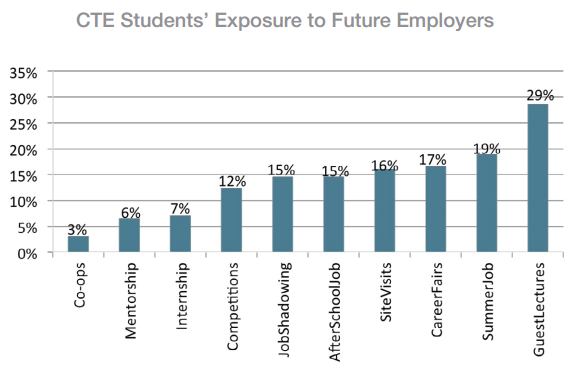Recovery from the 2008 recession required an understanding of the new sets of skills that the labor market demanded, as well as an emphasis on postsecondary attainment. The Trade Adjustment Assistance Community College and Career Training (TAACCCT) grant program was a $1.9 billion investment led by the U.S. Department of Labor in partnership with the U.S. Department of Education to do just that. The TAACCCT grant had the purpose of helping community colleges meet workforce needs by ensuring that learners acquired the skills needed to be successful in a career through postsecondary attainment.
TAACCCT grants ran from 2011 through 2018, and in total 256 TAACCCT grants were awarded in all 50 states, Washington, DC and Puerto Rico. This means that 60 percent of the publicly-funded community colleges in the country were affected by these grants, and almost 2,600 programs of study were created or improved to support adult learners in gaining skills that would bring them to a good job.
Each TAACCCT recipient was required to go through a third-party evaluation so that the benefits, or shortcomings, of TAACCCT could be understand. New America reviewed all of the evaluations to determine whether or not the TAACCCT grant made a difference and what strategies utilized under the grant worked.
One major takeaway from the analysis is that learners were almost twice as likely to complete a program, credential or both when enrolled in a TAACCCT recipient program than not. Increases in employment as a result of TAACCCT grants were seen as well. The full series of briefs by New America can be viewed here.
The findings of these reports were discussed at a recent event on “Community Colleges as Engines of Opportunity: Exploring the Impact of the TAACCCT Program.” The event included panels that featured federal, state, college and nonprofit perspectives. A common theme was that the TAACCCT grant provided a unique opportunity to bring together education and industry representatives. These relationships allowed colleges to best serve their adult learners and set them up for success and helped all sides understand the connection between education and workforce development.
The final panel of the day was comprised of leaders at colleges that received the TAACCCT grant. The group reiterated the important role that community colleges have in supporting adult learners. Dean of School of Applied Technology & Technical Specialties, Salt Lake Community College, Eric Hauser, shared that “life comes at our students faster than others and one small thing can set them off course,” making student support services vital.
A full recording of the event can be viewed here.
Meredith Hills, Policy Associate


